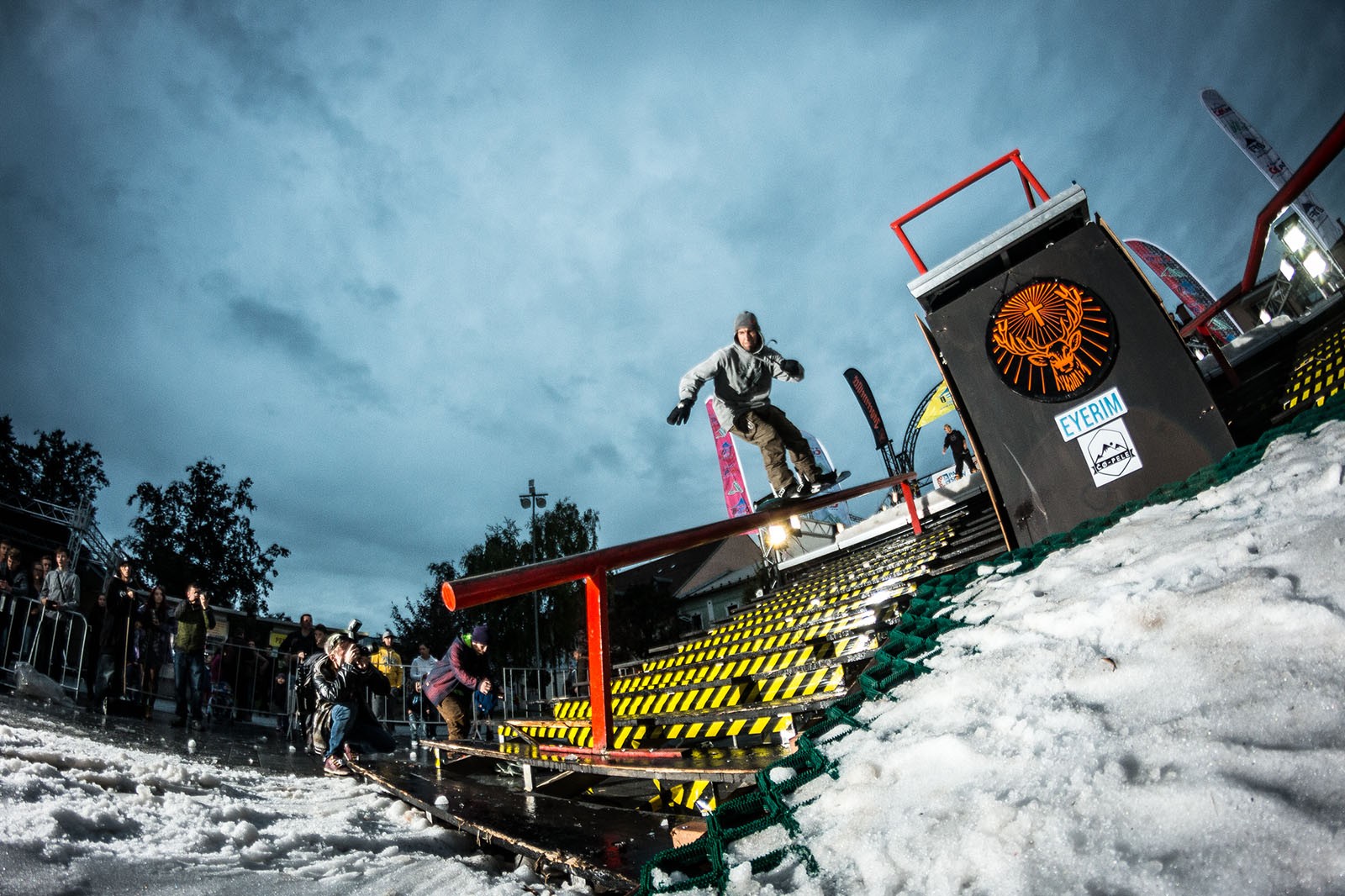


He continued his employment at Republic Steel for nearly four decades. I have few strands of information, hardly more than whispers, of Eddie’s life. My uncle Eddie, in contrast, stood on the field that day, fighting for the right to a union. He was one of the “loyal workers” the company deployed to suggest the strikers did not represent most workers. Only from an oral history that my brother, Michael, conducted with our grandparents did I find out that my grandfather was working in the Republic plant for 17 days before and after the massacre. I became fascinated, not only about the events in Chicago, but about the ways in which it had been forgotten. They knew nothing of the Memorial Day Massacre. In 1996, in the midst of my graduate studies, examining how news photography shaped labor conflict, I interviewed my aunts and uncles to see if I could find out more. My great uncle’s daughter shared the story of her father having been shot that Memorial Day. Ironically, though I learned of the massacre in 1983 at the Northern Sun bookstore in Minneapolis, I only discovered our personal connection at a family wedding several years later. My grandmother’s youngest brother, my great uncle Eddie, was one of those who had been shot. Others were hospitalized due to severe beatings. Four workers died of their wounds immediately, and within three weeks, another six had lost their lives. Police run after them, many with guns drawn, and fire upon the crowd. Seconds later, the film shows workers fleeing. Orlando Lippert’s newsreel of events shows men and women gesticulating to police. More than 1,000 people showed up, many in their Sunday best, and then set off on a peaceful march to form a picket line close to the Republic plant. To build community support, workers organized a Memorial Day picnic for families and labor activists on the prairie several blocks from their plant. But Chicago police refused to let strikers picket the plant and on May 28, 1937, they viciously beat strikers, including women. When workers called a strike at these plants, unionists rallied at Republic Steel. Girdler, the CEO of Republic Steel, and the heads of other smaller steel companies (known as Little Steel), vowed to keep unions out. Steel, the largest producer in the country, but Thomas M. Lewis’s CIO achieved an agreement with U.S. And, in late 1936, workers set off the sit-down craze, initiating hundreds of strikes from late November 1936 through the spring of 1937. Lewis, organized industrial labor, unskilled workers flexed their muscle. In 1935, the new Committee of Industrial Organizations (CIO), under the leadership of United Mine Workers’ John L. Tensions had been ratcheting up for months ahead of the tragedy. The newsreel provided vital proof of corporate and state violence against working Americans. (D-Wisc.) screened it, showed police firing at protesters, striking 40 of them, the vast majority in the back or on the side. Lippert’s footage, suppressed by Paramount until a congressional committee under progressive Sen. Greg Mitchell’s new PBS film and book, Memorial Day Massacre: Workers Die, Film Buried, explore how vital evidence - a Paramount newsreel - helped union leaders and civil libertarians turn the tide against the extreme pro-police news coverage in the immediate aftermath of the killings.Ī single newsreel cameraman, Orlando Lippert of Paramount News, captured the tragedy on film. In the late 1990s when I began researching it, scholars had also neglected the tragedy for decades. The Memorial Day Massacre, as many refer to it, was largely repressed by many in the community where it occurred. Why did I only learn about the killing of workers from a poster of the massacre that I found in a bookstore, in a city located two states away, nearly half a century after the event transpired?

This spit of land, along Lake Michigan’s southern tip, linked the steel plants of southern Chicago to a long string of industry that reached through Indiana, giving rise to what labor economists called the largest steel producing region in the world. It happened in May, 1937, before I was born, on the prairie outside the Republic Steel plant on Chicago’s East Side. More confounding, my great-uncle, Eddie Marasovic, was wounded by a police bullet in that violent affair that would become known as a massacre. You might think that, having been raised a mile from where 10 workers were killed and 30 more were shot by police while picketing a steel plant, I would have heard of such a tragedy.


 0 kommentar(er)
0 kommentar(er)
